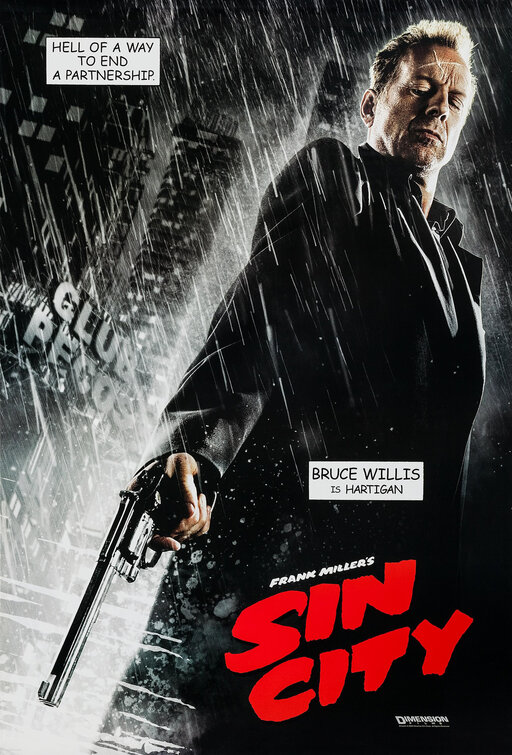The thing is, in death as in life, you tend to do unto others the way they did unto you, and, well, long story short, singer-songwriter Warren Zevon, who died from mesothelioma in 2003 at the age of 56, wasn’t always a very nice person.
Zevon, like his songs, was often acerbically funny and witty and generous; in music and in life he possessed the ability to locate poetry in the commonplace. But he also epitomized Toulouse-Lautrec’s dictum that “One should never confuse the artist with the art.” Zevon the man had difficulty seeing beyond his own often petty desires and, as a result, left scores of hurt friends and family in his wake. Which, when it comes to the more than 130 songs he wrote and recorded in his 34-year recording career, is neither here nor there.
In a genre that begets imitation and champions crass commercialism, Zevon was an original. Reviewing Zevon’s eponymous album back in 1976, Paul Nelson called forth a disparate roster of stellar artists to herald Zevon’s arrival: “he is a talent who can be mentioned in the same sentence with Bob Dylan, Jackson Browne, Randy Newman, Neil Young, Leonard Cohen, and a mere handful of others — no apologies necessary.”
All of which brings us, over 30 years later, to the new book I’ll Sleep When I’m Dead: The Dirty Life and Times of Warren Zevon. Written by Zevon’s ex-wife Crystal Zevon, the book provides a compelling oral history of a man who was as troubled as he was talented. Detailing the years before, during, and after Zevon’s battle with alcoholism, the result is an artfully rendered casebook study of an addictive personality and, because Zevon portrays herself as honestly as she does her ex-husband, a codependent relationship.
Less than halfway through the book, photographer and art director Jimmy Wachtel, commenting on Zevon’s newfound sobriety, gets right to the heart of the matter: “To be honest, he was the same asshole, drunk or sober, so there wasn’t that much difference except he didn’t repeat himself as much.”
For those of us who didn’t know Warren Zevon personally, it remains the work that matters, for which he’ll be remembered. For those who did know him, who have to sift through the memories and hang onto the ones that made Zevon special and kept him in their lives and their hearts, it’s a bit more difficult.
I’ll Sleep When I’m Dead: The Dirty Life and Times of Warren Zevon is due out from HarperCollins on May 1st. In the meantime, Crystal Zevon is posting updates about personal appearances and other related events — as well as material about Warren Zevon that doesn’t appear in the book — over at her website.







